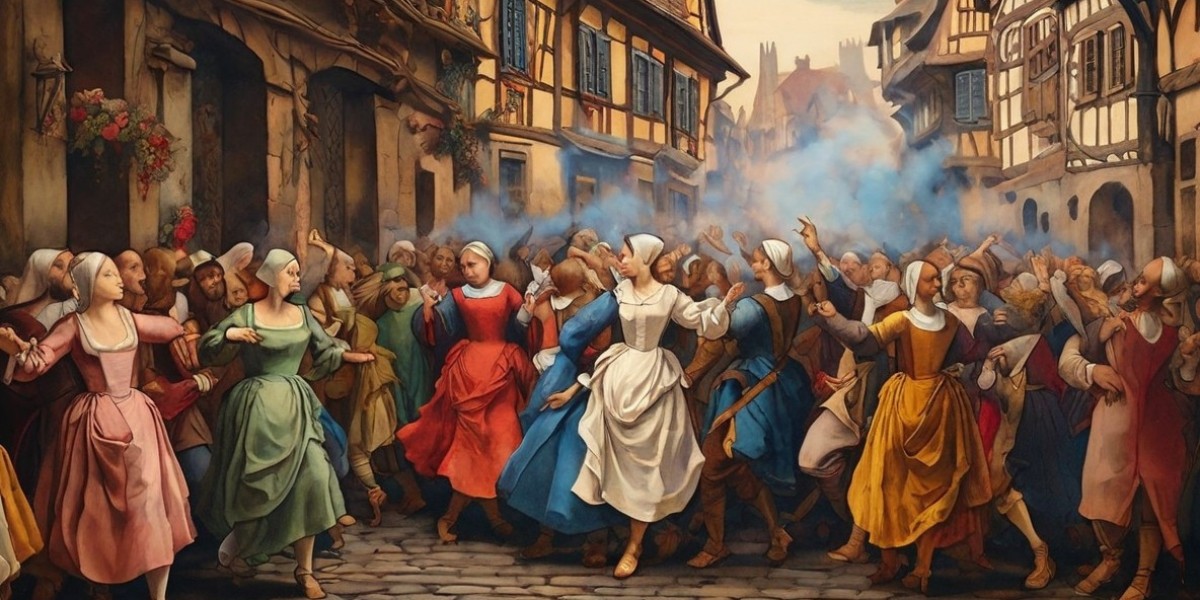Not a cute jig or a celebratory twirl, but a frantic, almost manic series of movements. Over the next few weeks, the unthinkable happens: hundreds of Strasbourg residents join her, succumbing to a strange compulsion to dance for days, weeks, even months on end.
This wasn't some bizarre flash mob or a particularly enthusiastic street performance. This was the Dancing Plague of 1518, a historical event as unsettling as it is captivating. The afflicted danced until their feet bled, their bodies grew weak, and some even died from exhaustion or heatstroke.
What Caused This Mass Hysteria?
We may never know for sure what triggered this bizarre outbreak. Here are the leading theories:
Mass Hysteria: This is the most widely accepted explanation. Imagine the stress of daily life compounded by social anxieties and perhaps even underlying mental health issues. Seeing someone dance uncontrollably might have triggered a domino effect, with others joining in out of fear, empathy, or a desire to fit in.
Ergot Poisoning: Ergot is a fungus that grows on rye and can cause hallucinations and convulsions. While this theory is intriguing, it's unlikely to explain the sustained dancing.
Religious Explanations: People at the time believed in demonic possession or curses from saints. This belief could have fueled the anxiety and even encouraged some to participate.
Treating the Unthinkable
The city officials were at a loss. Their solution? Isolate the dancers and… encourage them to keep dancing! They believed it would expel the toxins causing the mania. They even hired musicians to keep the exhausted dancers moving. Thankfully, the dancing mania subsided after a couple of months.
The Legacy of the Dancing Plague
The Dancing Plague of 1518 serves as a reminder of the power of mass psychology and the influence of cultural beliefs on human behavior. It's a chilling yet strangely fascinating episode in history.
But here's the lingering question: Could something like this happen again? In today's hyper-connected world, could mass hysteria take a new form?
Share your thoughts in the comments below, and share this strange tale with your friends so we can all ponder the oddities of human behavior!









